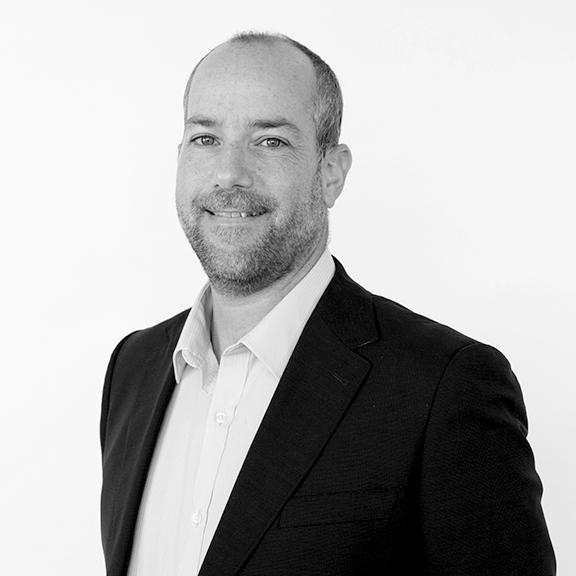As a marketer working for a university, you face a daunting challenge. Tasked with improving important high level key indicators such as equivalent full time student load & university ranking you only have several intakes a year to influence a decision that may have been up to 5 years in the making.
Fortunately programmatic advertising can help. Programmatic is a shift from focusing on which billboards, radio stations, websites or TV shows your audience might be looking at to who your audience actually is. It allows you to create a tailored, tiered and consistent journey for potential students. Ensuring the right message is put in front of the right audience at the right time.
Let’s take a look at how that might look through a three step process leading up to the most important day of the year for student acquisition. Open day.
Step 1 – Generating Awareness Programmatically (At least 4 months before the big day)
First impressions are everything. They set the ground work for all future communication with potential applicants. Some students are thinking about which university they like as early as the first year of high school. For this reason, it is critical that you extend your target audience to not only include the current year 12 cohort, but also those in the younger grades. Although this won’t have a huge impact on your attendance numbers this year, it will pay big dividends in future years.
Programmatic gives you a wide range of targeting options to build this audience. It also allows you to reinforce positive preconceptions and break down negative ones amongst the graduating class, ensuring that you are top of mind during the last year of their studies.
One of the best channels for generating awareness is video. Awareness is most effective when run in an “always on” fashion.
To ensure that your audience is receiving your message it is important to measure the impact of your awareness campaign with a metric such as cost per completed view rather than simply measuring views, impressions or reach & frequency.
Step 2 – Building Engagement Programmatically (2-3 months before)
Now that you have caught the eye of your target audience it is important to get them to engage with your brand. One of the most effective ways to do this is through the production of original content. This can take the form of helpful advice in choosing the right degree, case studies built around current students/alumni or other useful information for students.
Programmatic gives you the ability to syndicate this content across multiple channels including social media & native. This strategy is best deployed in the few months leading up to your open day.
One of the best ways to measure engagement is to look at how your audience is interacting with your content. Rather than optimising towards clicks through to your site, look at dwell time and/or bounce rate to produce a cost per engaged visitor.
Step 3 – Securing Leads Programmatically (1 month before or month leading up)
You now have a strong following amongst prospective applicants. Diligent programmatic advertising gives you the ability to re-market to these students. The power of this technique can be seen when August rolls around.
While your competitors are promoting their open day as a first touch with their audience, you now have the chance to tighten your focus a little bit and look towards those that are soon to graduate. You can target your highly engaged audience, while the competition is busy looking for anyone between the ages of 16 and 18.
In addition, you can ask your audience to register for the upcoming open day in exchange for entry into a competition or exclusive access to an event on the day. This allows you to collect email addresses, phone numbers and other important information from potential students. This information is critical to effective marketing in the period after your open day is over and before preferences are due.
The best way to measure the success of this campaign is to look towards a cost per leads metric.
Funnel Approach
By taking a funnel approach as outlined in the 3 steps above, you can ensure that you are creating a tailored, tiered and consistent journey for potential students. This allows you to influence a decision that is years in the making and often affected by input from parents, teachers and potential employers.
Marketing Amplification
For many universities, programmatic is still only a small fraction of the overall marketing budget. One of the biggest indirect benefits of programmatic advertising is that it allows you to collect insights on your target audience which you can then use to better inform your offline campaigns.
Timing is Critical
Are you currently using programmatic advertising? If so, it is critical that you are in the midst of learning, generating insights and building up your audiences for each stage of your marketing strategy. If not, although time is against you there is still time to put such a strategy in place.
Written by Mike McGarry




